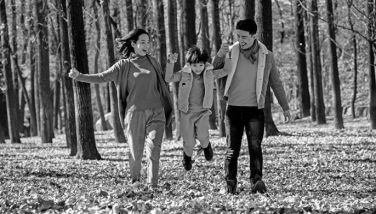Art, food & culture at Prado Farms

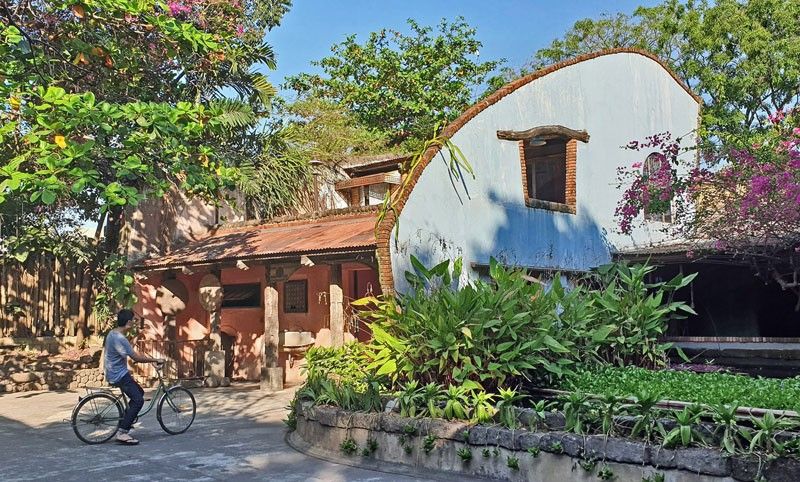
Lent is upon us once again, but the suffering is not in solidarity with the agony of Jesus Christ. The low water levels at La Mesa dam has led to rationing of this precious liquid. Millions are doing penitence — or resorting to using expensive bottled water.
Escape has crossed the minds of many. Anywhere is better than dry Metro Manila. I accompanied my wife on a short jaunt to a resort in Pampanga for her to attend a high school reunion. I was the only other husband in tow but I did not mind as the place had running water, and a swimming pool to boot.
Prado Farms is a five-hectare eco-resort I had never visited, although it did seem familiar. My wife’s St. Scholastica class of 1982 chose the spot, as it was the most interesting in the area and offered Capampangan culinary delights. My wife had ordered their specialty, duck lechon for our main dinner, Yes, roasted pig with a duck tucked inside!
We arrived ahead of the main wave of Kulasas and registered at the resort’s welcome pavilion; an assemblage of structures that look like someone enjoyed collecting quirky parts of found architecture and ornamentation. There were no right-angled spaces in the whole place, which led to a small courtyard fronting a theater (an old Spanish-era train station) and a smaller bustle of a building that housed open rooms overlooking the main entryway to the farm complex and accommodations further inside.
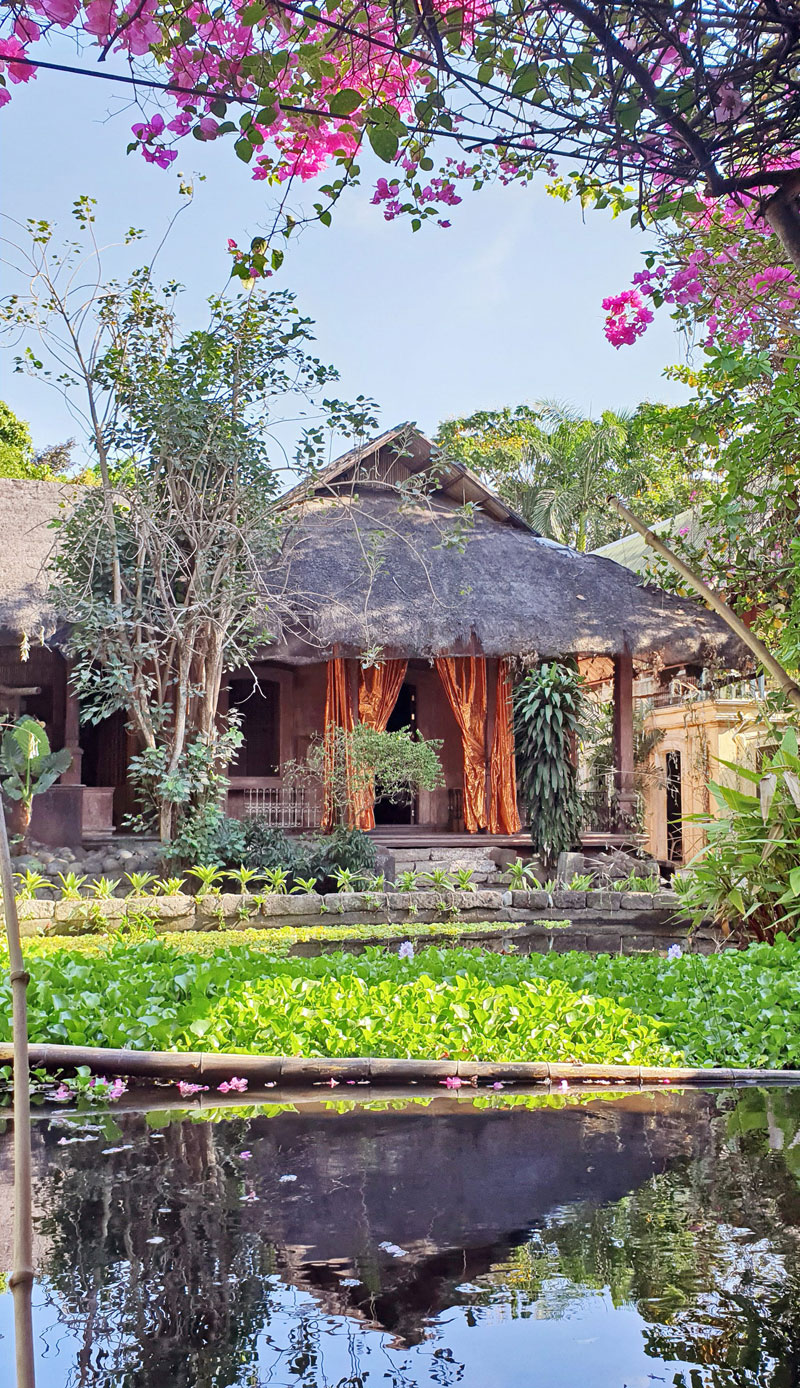
Prado’s theater hosts plays, musicals and events.
Once we finally assembled, our resort hosts gave us a tour. It was then I found out that the farm was home to the Gutierrez family. I normally research our vacation trips and destinations but this time, I left it to Twink and her classmates, as the past month had been extremely hectic for me.
It all made sense after finding out that the resort had been designed by Reimon Gutierrez, a friend in the cultural and design field, although more a member of my younger brother Johnny’s generation and artists’ circles. I did FB message Reimon after returning to Manila after the weekend and told him that we enjoyed the place.
Our tour guide gave us a walking tour of the farm. Normally guests rode around in a carabao-pulled cart, but a number of guests had already tired out the farm animal and we decided walking was a good alternative. The farm’s core was filled with tall mature native trees that provided cool shade and provided a buffer against the highway from Lubao. We were shown the plots that grew organic vegetables, herbs and other ingredients that went into the meals prepared for guests.
We noted a lot of environmental art, with pieces by Impy Pilapil on the ground and hanging from the magnificent trees. There were also more elements re-purposed and made into functional or artistic pieces that made walking around quite a treat.
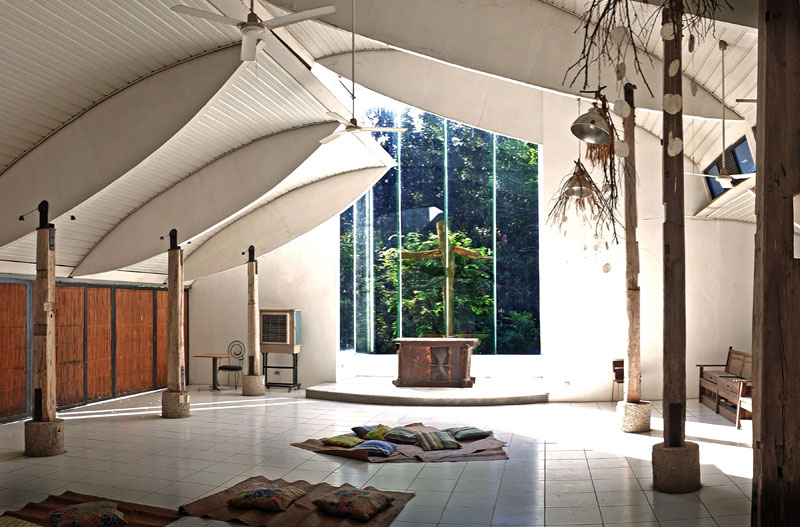
The Prado chapel features a Claude Tayag cross set in a garden.
We found out that Victor and Amada Gutierrez bought the property in the 1960s and raised their children there. The family opened the farm to guests in the 1980s and it has since evolved, and much due to the hand of Reimon. They call it now a “bio-dynamic farm and eco-resort,” but what it is, is an oasis in the middle of the dusty and mostly nondescript Pampanga landscape.
Prado is a preferred venue of regular stage performances, food and music festivals, art workshops, and Waldorf-related events. The theater was used in the opening sequence of Aria, a Capampangan period film on the war. The family is committed to conservation and development of the region’s art and culture.
We stayed in a great room on the ground floor of the main building (there are currently 33 rooms). We were right next to the resort’s chapel, a white modernist composition with a double height ceiling. The chapel’s distinctive wooden cross, is located outside the structure, viewed from inside and framed by the buildings curved geometries. I found out later from Reimon that the cross was a gift to his mother from a common friend, Claude Tayag, who was a classmate of mine at UP Diliman in the 1970s. He also designed some of the furniture in the main house.
Despite it being summer, the whole resort cooled to a pleasant temperature overnight. The break of dawn the next day came with a wave of cool air mixed with the dewy fragrance of all the trees and vegetation. It brought back memories of summers I spent in rural Argao, Cebu, my hometown.
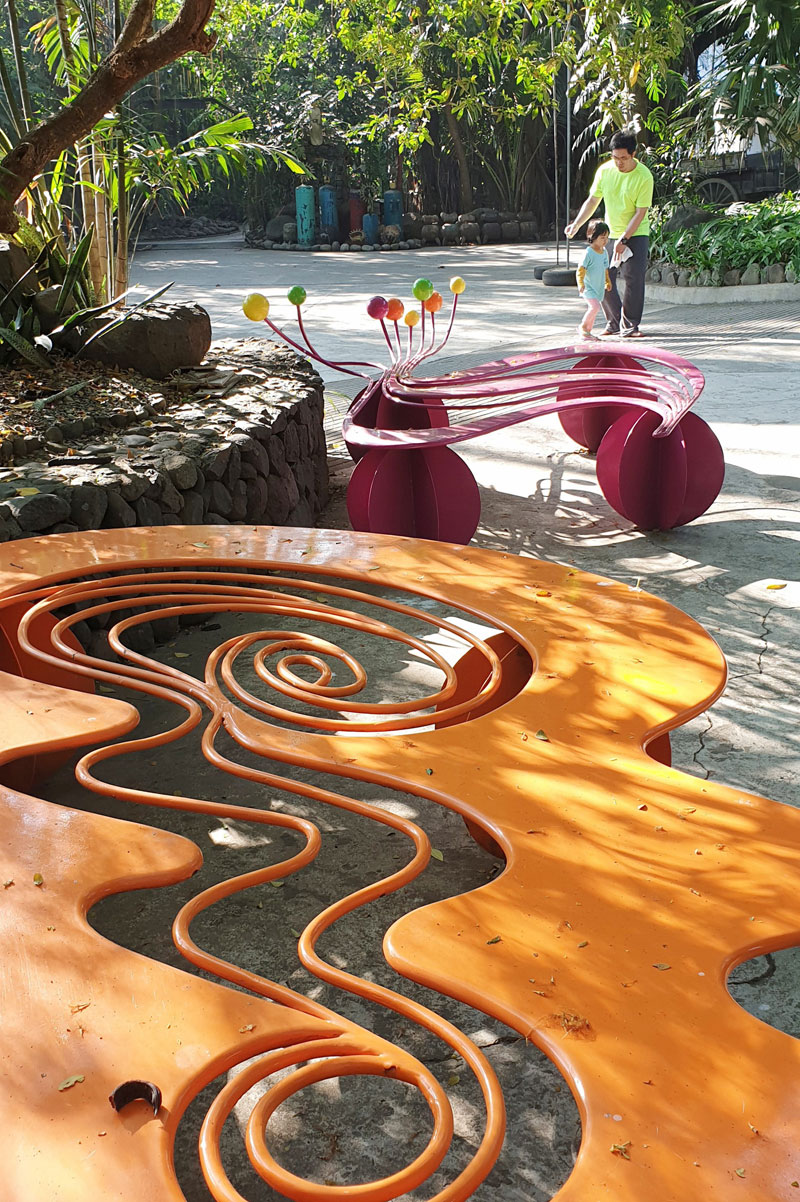
Impy Pilapil and other artists’ work are found in every corner.
After perking myself up with some brewed Kalinga coffee, I took a short walk to photograph the farm through the mist. I managed to get some good aerial and ground shots, noting how expansive the surrounding agricultural land there still was. This, despite the presence of a large recreational complex across the highway — a humongous development with a golf course, wakeboard park, pools and cabañas. Unfortunately, that development lacks the vegetation, shade trees and character that Prado Farms has in spades.
Before leaving the resort, on this very short stay, we enjoyed breakfast Prado-style. I had more of the Kalinga coffee. Others took the traditional tsokolate eh, which is made traditional style from scratch — cacao and carbao’s milk! For my main course, I had fried rice with pistou, and longganisa Guagua, with a side of traditional onions and tomatoes. Busog.
Before leaving Prado Farms, the group had another wave of groupies against the backdrop of the farm’s six-story-high trees. A good time was had by all, and we all regretted having to get back to water-deficient Manila.
* * *
Feedback is welcome. Please email the writer at paulo.alcazaren@gmail.com.
















